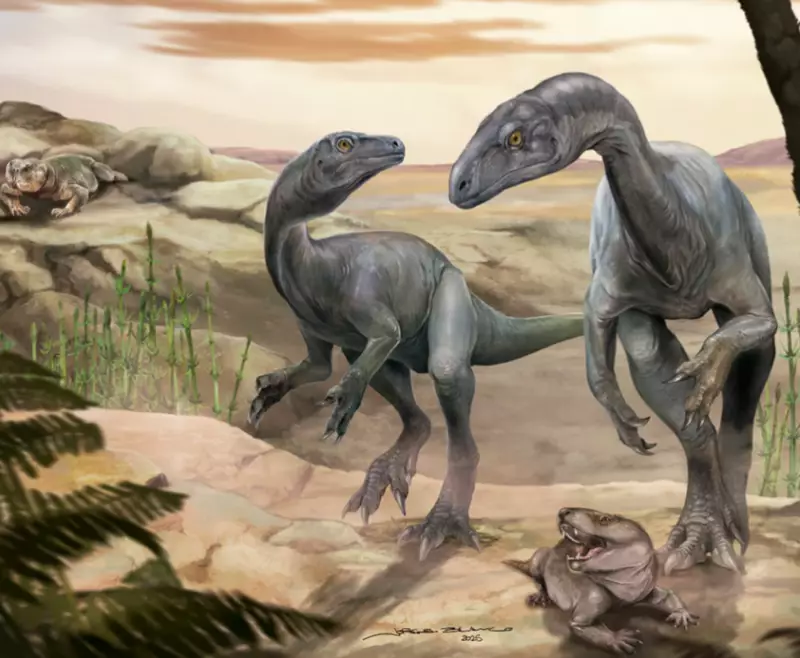
In a groundbreaking discovery that has sent ripples through the paleontology world, researchers have unearthed a remarkably preserved 230-million-year-old dinosaur fossil in southern Brazil. This exceptional find dates back to the Triassic period, making it one of the most significant discoveries from this ancient era.
A Fossil Unlike Any Other
The newly discovered specimen represents a species previously unknown to science, offering fresh perspectives on dinosaur evolution. What makes this discovery particularly extraordinary is the fossil's near-perfect preservation—despite one crucial missing element: its head.
"This is truly a one-of-a-kind specimen," exclaimed lead researcher Dr. Rodrigo Müller from the Federal University of Santa Maria. "The level of preservation is astonishing, giving us an unprecedented window into the anatomy of Triassic creatures."
Triassic Time Capsule
The fossil hails from the Triassic period (approximately 252 to 201 million years ago), a crucial era when dinosaurs first began to appear and diversify. Discoveries from this period are exceptionally rare, making this find particularly valuable to scientists.
Key features of the discovery include:
- Complete vertebral column and rib structure
- Well-preserved limb bones and pelvic girdle
- Distinct skeletal features suggesting a new species
- Exceptional bone mineralization providing clear anatomical details
Scientific Significance
Despite the missing skull, researchers remain optimistic about the fossil's potential to rewrite evolutionary history. The preserved skeletal elements provide crucial information about the creature's locomotion, posture, and relationship to other known species from the period.
"The absence of the head is certainly a challenge, but the rest of the skeleton tells a compelling story," noted Dr. Müller. "We're looking at what appears to be a previously unknown lineage of early dinosaurs."
The research team continues to analyze the fossil using advanced imaging techniques and comparative anatomy to reconstruct the creature's likely appearance and ecological role.





